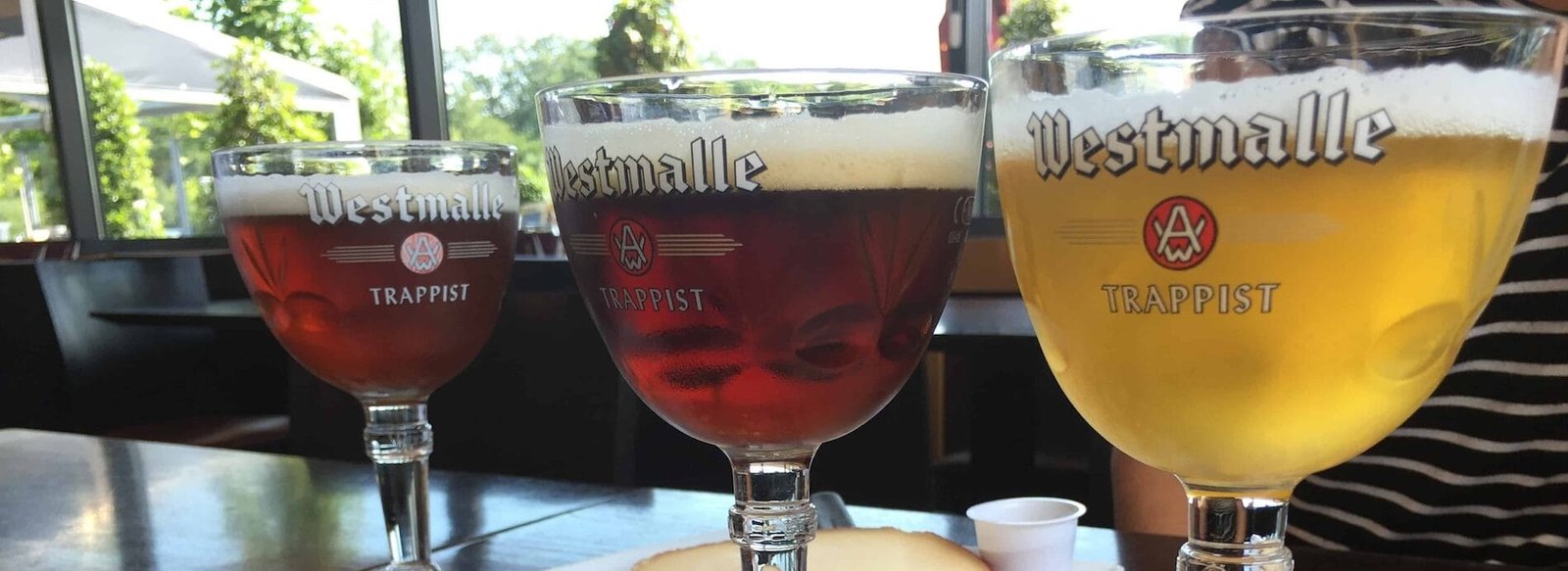Belgium is a small country with a monumental impact on the world of beer. Known for its rich brewing heritage, Belgium has produced a diverse array of beer styles that have not only delighted local palates but have also inspired brewers around the globe. The influence of Belgian beer on the craft brewing movement is profound, with its unique flavors, brewing techniques, and cultural significance shaping the way beer is produced and consumed worldwide.
The Rich Tapestry of Belgian Beer
Belgium’s brewing history dates back centuries, with evidence of beer production as early as the Middle Ages. Monasteries played a pivotal role in this tradition, with Trappist monks brewing beer as a means of sustenance and spiritual reflection. The result was a range of styles, from the light and fruity Witbier to the rich and complex Quadrupel. Each style reflects the local ingredients, brewing methods, and cultural practices of the region.
The variety found in Belgian beer is staggering. The country boasts over 1,500 different types of beer, categorized into various styles such as Abbey, Lambic, Saison, and Flanders Red. Each style has its own distinctive character, often derived from unique yeast strains, fermentation processes, and local ingredients. This diversity has not only made Belgian beer a treasure trove for enthusiasts but has also provided a rich source of inspiration for brewers worldwide.
Craft Brewing: A Global Movement
The craft brewing movement began to take shape in the late 20th century, primarily in the United States, as a reaction against mass-produced beers. Craft brewers sought to create unique, flavorful beers that emphasized quality and traditional brewing methods. As this movement gained momentum, brewers began to look beyond their borders for inspiration, and Belgium’s rich brewing heritage quickly became a focal point.
Belgian beer styles, with their complexity and depth, offered craft brewers a new palette to work with. The use of Belgian yeast strains, for instance, became a hallmark of many American craft beers. These yeasts impart distinct flavors, such as fruity esters and spicy phenols, which can transform a simple beer into a complex experience. This fascination with Belgian yeast has led to the development of hybrid styles that marry traditional Belgian characteristics with local ingredients and brewing techniques.
The Role of Belgian Yeast
One of the most significant contributions of Belgian brewing to the global craft scene is the use of yeast. Belgian yeast strains are known for their ability to produce a wide range of flavors and aromas, making them a favorite among craft brewers. The unique fermentation characteristics of these yeasts can create beers that are not only flavorful but also complex and nuanced.
For example, the use of Belgian yeast in IPAs has led to the creation of a new sub-style known as Belgian IPA. This style combines the hoppy bitterness of traditional IPAs with the fruity and spicy notes of Belgian yeast, resulting in a beer that is both refreshing and intriguing. Similarly, many brewers have experimented with Belgian yeast in stouts and porters, adding layers of complexity to these traditionally darker beers.
The Art of Blending
Another aspect of Belgian brewing that has influenced craft brewers is the art of blending. Many Belgian beers, particularly Lambics, are produced through a process of blending different batches of beer, often with varying ages. This technique allows brewers to create a harmonious balance of flavors and aromas, resulting in a final product that is greater than the sum of its parts.
Craft brewers have adopted this practice, experimenting with blending their own beers to achieve unique flavor profiles. For instance, a brewer might blend a hoppy pale ale with a sour beer to create a refreshing, tart concoction that showcases both the bitterness of the hops and the complexity of the sour fermentation. This approach not only adds depth to the beer but also encourages creativity and innovation within the craft brewing community.
The Influence of Belgian Ingredients
Belgian brewers have long prioritized the use of local ingredients, and this practice has resonated with craft brewers around the world. The emphasis on quality, seasonal ingredients has led many craft brewers to adopt a similar philosophy, sourcing local grains, hops, and fruits to create unique and flavorful beers.
In Belgium, the use of candi sugar is a common practice that has influenced many craft brewers. Candi sugar adds sweetness and complexity to beers, allowing for higher alcohol content without an overly heavy body. This technique has been embraced by craft brewers, who often use it to enhance their own recipes, creating beers that are rich in flavor yet balanced in texture.
The Cultural Significance of Belgian Beer
Belgian beer is not just about flavor; it also carries cultural significance. The country’s beer culture is deeply intertwined with its history, traditions, and social practices. Beer is often enjoyed in communal settings, fostering a sense of connection among people. This aspect of Belgian beer culture has inspired craft brewers to create beers that are meant to be shared and enjoyed in social settings.
Many craft breweries have adopted the concept of “sessionable” beers, which are lower in alcohol and designed for prolonged enjoyment in social gatherings. This approach mirrors the Belgian tradition of enjoying a variety of beers over a leisurely meal or gathering, emphasizing the importance of community and connection through beer.
The Globalization of Belgian Beer Styles
As the craft brewing movement continues to expand, the influence of Belgian beer styles has become increasingly global. Breweries around the world are incorporating Belgian techniques and flavors into their offerings, resulting in a diverse range of beers that pay homage to their Belgian roots.
In countries like the United States, Canada, and Australia, craft brewers are producing Belgian-style beers that reflect local ingredients and brewing practices. This fusion of Belgian tradition with local innovation has led to the emergence of new styles and flavors that continue to push the boundaries of what beer can be.
Challenges and Opportunities
While the influence of Belgian beer on global craft brewing is undeniable, it is not without its challenges. As more breweries adopt Belgian styles and techniques, there is a risk of oversaturation in the market. The unique qualities that make Belgian beer special could become diluted if not approached with care and respect for tradition.
However, this challenge also presents an opportunity for brewers to innovate and explore new horizons. By experimenting with Belgian styles and techniques, brewers can create beers that are not only inspired by tradition but also push the boundaries of flavor and creativity.
The Belgian Influence: How Belgian Beer Shaped the Global Craft Brewing Landscape
Belgian beer has left an indelible mark on the global craft brewing landscape. Its rich history, diverse styles, and unique brewing techniques have inspired countless brewers to explore new flavors and approaches to beer production. As craft brewing continues to evolve, the influence of Belgian beer will undoubtedly remain a significant force, shaping the future of brewing for years to come. The legacy of Belgian brewing is not just about the beer itself; it is about the connections it fosters, the creativity it inspires, and the shared experiences it creates among beer lovers around the world.
In a world where beer is often seen as a simple beverage, the Belgian approach reminds us that it can be a complex, multifaceted experience that brings people together and celebrates the art of brewing. As we raise our glasses to the future of craft beer, we owe a debt of gratitude to the Belgian brewers who have paved the way for innovation and creativity in the brewing world.

